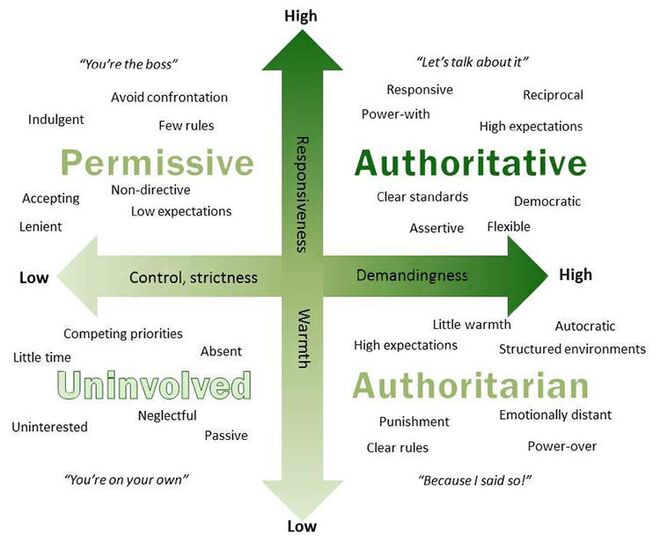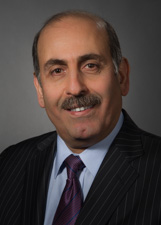Around this time last year, I was taking a class called “Health Care Issues: Global Perspectives” at UT Dallas. This is the class that really cemented my desire to pursue a master degree in public health. We spent time learning about different cultures and their health care systems, health issues, and experiences with western medicine with a large emphasis on cultural competency. One of these lessons focused on the affect socioeconomic status has on health. The Guinea Worm is an easily treatable-and preventable, parasite that affects families in poverty in Africa. The parasite made headlines again this week as the efforts to eradicate the disease continue.
The Guinea Worm parasite, Dracunculus medinensis, is spread through infected water sources, such as pools, ponds, and standing water, in Africa. A person infected with guinea worm grows the parasite in their digestive tract or body cavity until the parasitic worm is approximately 2-3 feet long. At this time, the worm is ready to emerge. A blister forms on the legs and feet, creating a painful burning sensation until it emerges, which can take days to weeks. To relieve pain, infected persons often submerge their foot in water (such as in a lake or stream). Thus, the parasite is exposed to it’s ideal element, water. This encourages the worm to emerge bit by bit, where it releases millions of larvae into the water. This is often the same water that the other members of the community use to drink or bathe in, allowing the parasitic larvae to find a new host. Thus, the infectious cycle continues.
Although the infection is not deadly, it is disabling and debilitating for those infected. Given that the disease is concentrated among poor populations, the additional disability prevents family members from working or contributing to the familial needs, deepening poverty and limiting resources. A 1989 study titled Guinea Worm: An in Depth Study of What Happens to Mothers, Families, and Communities(though dated) accurately depicts the struggles that families often deal with in the face of widespread infections and their desire to eradicate the disease from their community. The parasite has no vaccine or adequate treatment. The most effective way to combat infection is to prevent it altogether. To prevent the spread of the disease, infected persons should not be in or near community water sources. Some of the countries battling these parasites have enacted laws that do just that- prevent infected people from spreading it to others. Some areas have even employed guards at water sources. The most important facet of this disease is that the parasitic infection can easily be prevented with a simple cloth filter, pipe filter, or by establishing a safe, covered water source. Thus, even communities without a water pump or a system of water purification can filter water to prevent infections. This solution is accessible to members of even the most destitute communities.
Eradication of this disease has been the goal since the 1980’s. If the disease were to be globally eradicated, it would be the first parasite and only the second human infection to be eradicated in history (second only to smallpox). The Carter Center is former President Jimmy Carter’s brain child, and it has been one of the driving forces behind the efforts for the past 30 years. It has worked alongside the CDC, WHO and UNICEF towards eradication. Their work has not been without reward. According to the Carter Center website, “In 1986, the disease afflicted an estimated 3.5 million people a year in 21 countries in Africa and Asia.” This is compared to 2017’s reported 30 cases- more than a 99% reduction in the disease. Eradication efforts have focused on education, political change, and providing safe drinking sources to members of communities affected by infection.
According to CNN, South Sudan became the latest country to announce a victory against the “fiery serpent,” stating that they have not had a case reported for the past 15 months, a major milestone in the path towards eradication, especially considering that this accomplishment comes in the midst of a raging civil war that has been ongoing since 2013.
Want to see what the Guinea Worm infection is like? The New York Times has a great (somewhat grotesque) video titled “The Guinea Worm Slayer” that can be viewed here. A word to the wise, this video may not be appropriate for squeamish souls- or if you are planning on having spaghetti for dinner.





